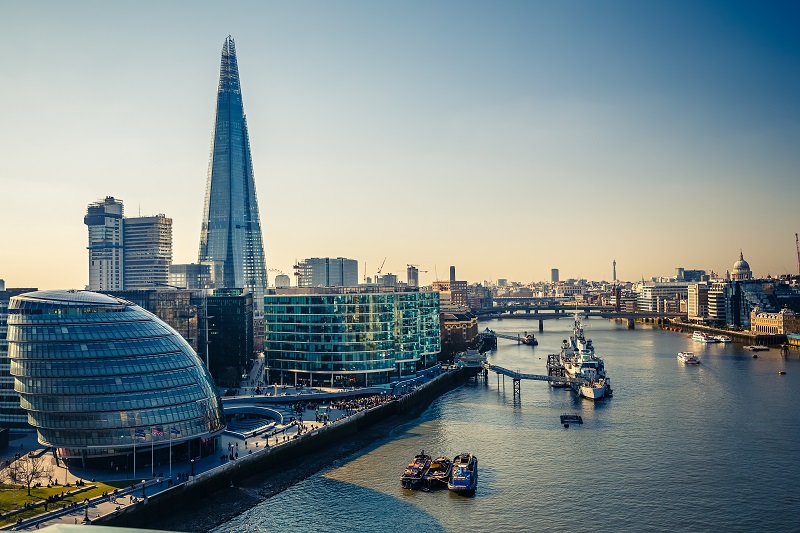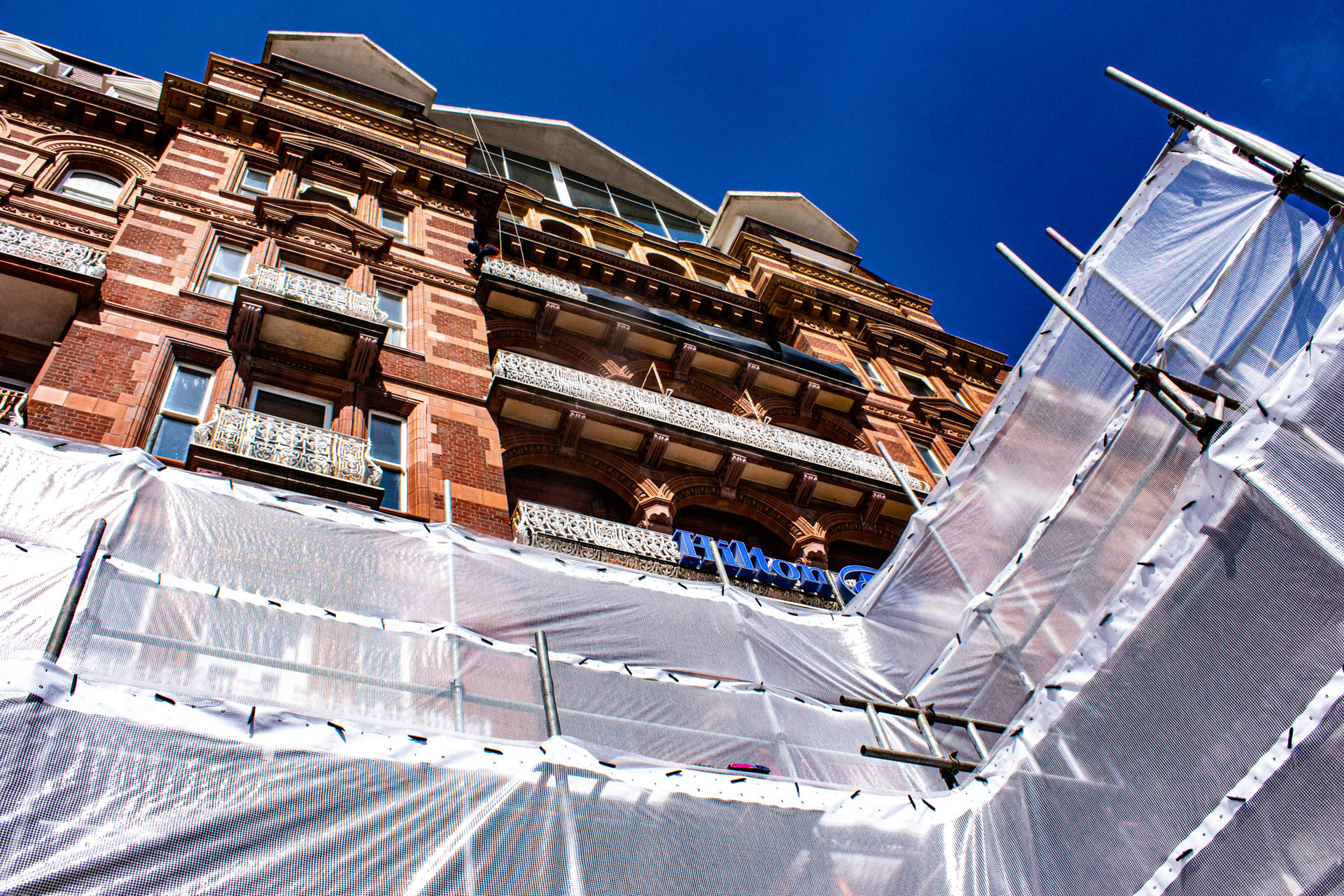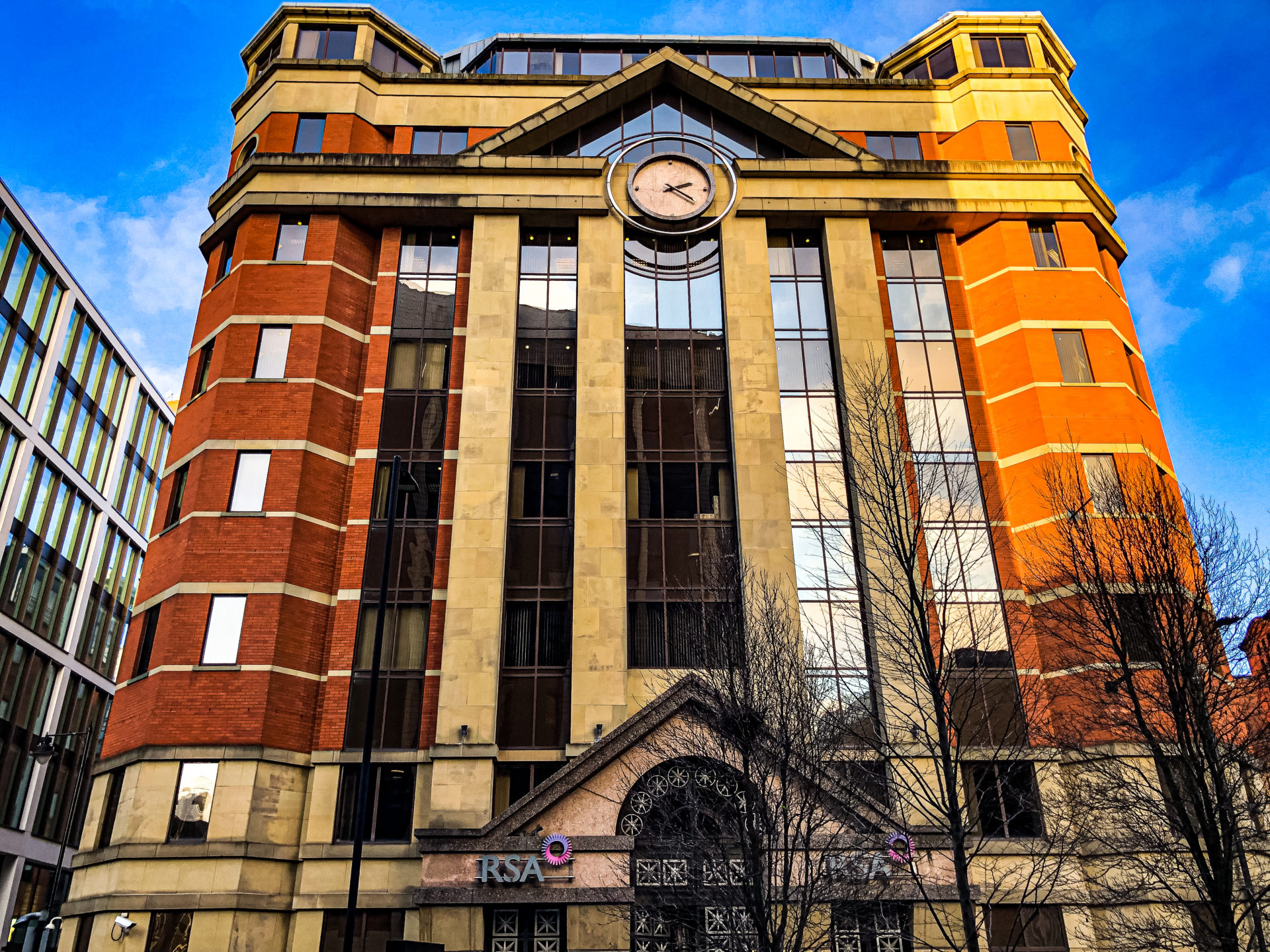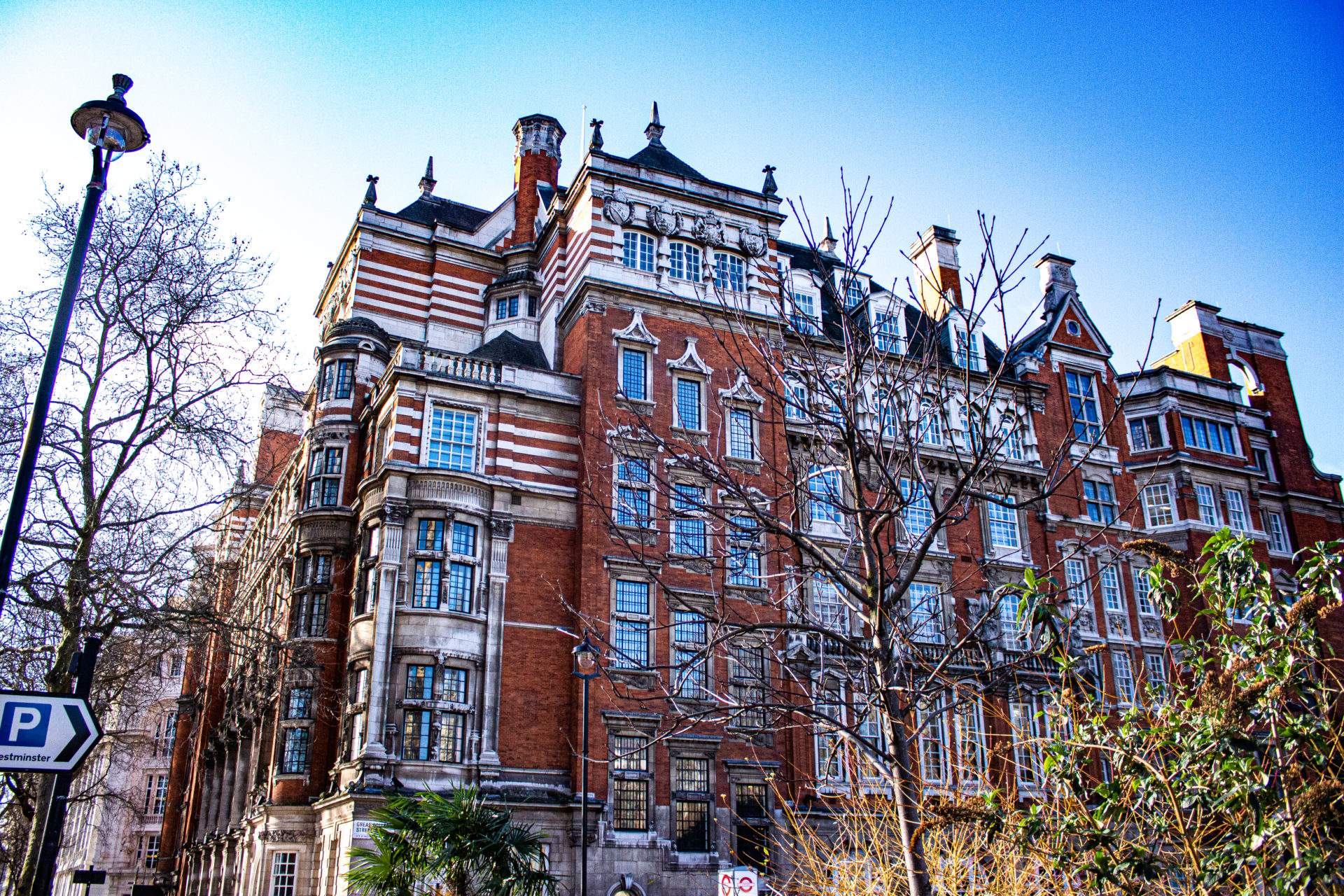Close observation – together with specialist maintenance skills – is needed to protect the lifespan of today’s buildings.
A building is designed and built, but then people move on: they tend not to be involved in its ongoing maintenance. The responsibility for the building’s upkeep is then left to the owner. That’s where building maintenance management comes in.
More recently though, building maintenance is beginning to play more of a role in the design stage. However, it certainly should be a consideration prior to construction. That’s because it means the building should be able to survive longer.
Why do buildings fail?
There are many reasons why buildings fail, such as faulty design, poor construction, a lack of maintenance, sub-standard materials and ongoing use.
Lack of maintenance is key to building failure and can be divided into two parts:
- Maintenance is carried out incorrectly
- No maintenance is undertaken at all during the entire life of the building.
Over time, the general lack of maintenance leads to serious defects and, eventually, the building’s demise. Since the turn of the millennium, around £1bn has been spent in the UK alone rectifying defects in new buildings. These are defects which could have been identified at the design stage and solved with specific ongoing maintenance.
Any form of maintenance plays an important role in the life cycle and cost analysis of a building. It cannot retain its original appearance forever, and because of this, it is important to ensure that maintenance, renovation, and refurbishment is factored in.
Over time, the values of buildings decline unless specialist maintenance is carried out. Defects, degradation of materials and weathering occurs throughout a building’s lifecycle and should be factored into the design from the outset.
Maintenance can arise from a fault at the design stage. Other stages of a building’s construction can add to maintenance, but the design stage always inflicts the more drastic impact on the issue of maintenance.
The faults at the design stage are:
- Failure to comply with established design criteria regarding the choice of materials and structural systems
- Overlooking basic physical properties of the materials used
- New materials or forms of construction not tested for use
- Using materials under the improper climate or natural condition
- Poor communication between architects and the construction team
Maintenance should come into the design stage. At present architects, engineers and other consultants are supposed to ensure the design of a building is maintenance-friendly and sustainable throughout its entire life.
With a properly maintained building, ROI, cashflows and overall spend are all reduced over a 20 to 25-year period. And that is before any modernisation or a review is needed.
How buildings affect our lives
- Health and safety of the public and the surrounding environment
- The economy of a town or city, or even nationally, e.g a historic castle
- Socially appealing vs ugly to look at
The key objectives of building maintenance are to ensure that a building:
- Is safe
- Can be used
- Meets all statutory requirements
- Retains its physical appearance and assets
- Retains its identity
- It reaches it full potential lifespan
In terms of the economic view, building maintenance helps owners retain the market value of their assets. Without ongoing maintenance, a building will deteriorate through wear and tear. Of course, maintenance cannot eliminate the ageing or weathering of a building completely, but it can substantially postpone the decline in its value. Admittedly, in some older area’s buildings do need to come down. But this can result in the displacement of citizens and a loss of a sense of history. Redevelopment is also costly.
Why it’s important to collect maintenance data
Historically, the recording and capture of data for maintenance purposes have not always been as good as they could have been. Comprehensive maintenance information is needed for building surveyors, owners, or a manager to understand the level of detail and work delivered to the present day. That way, future work can be more accurately planned. It also gives building surveyors a good basis to carry out a condition survey and undertake test trials, so it is possible to estimate the costs and time needed.
Arranging your maintenance plan
As a key service partner for the complete building envelope, we provide innovative and efficient building fabric care solutions to refurbish, restore and maintain all kinds of buildings and structures.
We maintain buildings for the future by inspecting, measuring, maintaining, and protecting the building envelope in a consistent and long-term planned programme.
To arrange an ongoing maintenance plan for your building, speak to one of our experts today.













